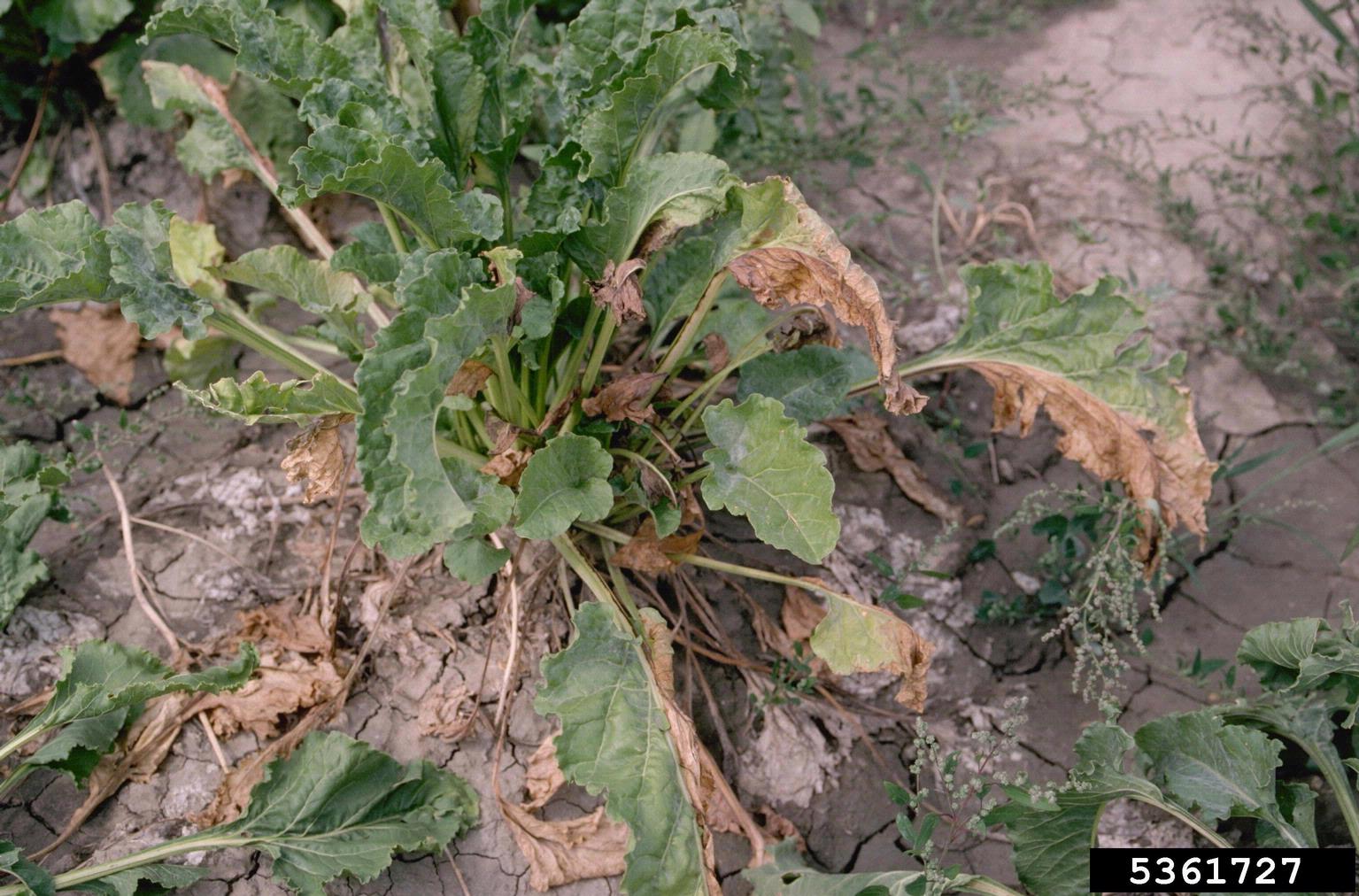Fusarium Wilt Disease: Tips For Controlling Fusarium Wilt On Plants


Amy Draiss
There is a fungus among us and its name is Fusarium. This soil-borne pathogen attacks many types of plants, with ornamental flowers and some vegetables topping the list. Fusarium fungus can survive indefinitely, affecting any crop or plant that is contaminated by the soil. The fungus produces Fusarium wilt disease, which is also called “yellows.” This self-explanatory name indicates the major symptom of the disease. In crop and greenhouse settings, controlling Fusarium wilt is of primary importance, as it has the capacity to run rampant among closely grown plants.
About Fusarium Fungus
The fungus attacks plants in the nightshade family such as tomatoes and peppers. It is also found in greenhouse flowers and some trees. Fusarium enters the roots of young plants and the organism blocks vessels in the cells. Once blocked, the cells cannot transport water and nutrients to the plant. The wilting symptom is one of the first signs that the pathogen is present. Fusarium wilt disease then progresses to faded, yellowed foliage and stunted growth. The worst signs are during the day in sunlight, but the plant may seem to recover in the dark. Overtime, many plants succumb and die, while others just perform poorly and produce few flowers or fruit. Due to the contagious and tenacious nature of the fungus, control of Fusarium should start with a few evasive procedures. Preventing the fungal wilt is preferable to most Fusarium wilt treatments.
Controlling Fusarium Wilt
Fusarium is most prevalent in warm soils. It is harbored in old plant debris and soil. The best way to prevent infection in your crops or plants is rotation and sterilization. Never plant the same crop in the same place annually. Pots should be sterilized with a bleach solution and new soil used when reusing them. You can also solarize beds by spreading clear plastic over an area in full sun for a month to kill the fungus. This causes extreme high temperatures that will “cook” the fungus and provide good control of Fusarium. Wash off tillage equipment, shoes, and other tools that might have encountered infected soil. Remove all old plant debris annually and if you think it might be contaminated, burn it. Do not compost contaminated material as this provides an ideal incubation condition for propagating the fungus.
Fusarium Wilt Treatment
There are fumigants that are useful against Fusarium fungus. Many of these require a professional for application so read the instructions carefully before you purchase. Fungicides are used as a root or bulb soak. Simply remove the soil from around the roots, bulb, corm, or tuber and rinse completely. Then soak the roots or storage organs in a bucket of fresh water with the appropriate amount of a fungicide. Controlling Fusarium fungus in the garden relies upon crop rotations and clean, sanitary practices. Always inspect new plants before you purchase them. Remember, prevention is the best method of control of Fusarium and many other plant diseases.
Sign up for the Gardening Know How newsletter today and receive a free copy of our e-book "How to Grow Delicious Tomatoes".

Bonnie Grant is a professional landscaper with a Certification in Urban Gardening. She has been gardening and writing for 15 years. A former professional chef, she has a passion for edible landscaping.
- Amy DraissDigital Community Manager